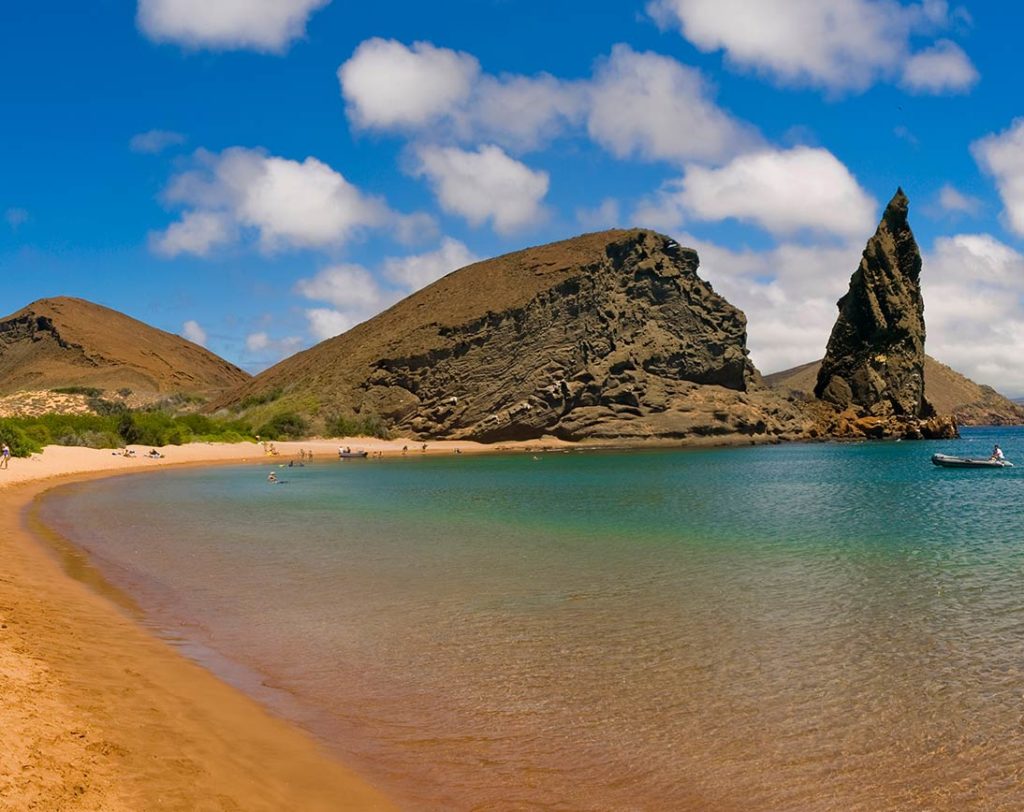8 day cruise visiting the west isles of the Galapagos archipelago, this route includes visits to Fernandina, Isabela, Santiago, Bartolome amongst ohter Islands. An amazing trip that takes us to the remotest corner of this volcanic cluster of isles, tropical penguins, cormorants that cannot fly, giant tortoises, the famous pinnacle rock, snorkeling and sea kayaking alongside sea lions, turtles and manta rays. A stable ride on board the Anahi Catamaran ensures guests of all ages will enjoy the islands as well as their time on board.
Tag für Tag
Karte

Preview

Preview

Preview
Kreuzfahrt beinhaltet
All meals indicated in the itinerary
Coffee and tea station as well as purified water dispenser
Excursions mentioned in the program
Transfers to and from the Anahi Yacht Catamaran
Bilingual naturalist guide (Spanish / English) certified by the Galapagos National Park
Mask and fins for snorkeling
Kreuzfahrt nicht enthalten
Meals not indicated in the itinerary
Additional alcoholic and non-alcoholic drinks
International and domestic flights
Entrance fee to Galápagos National Park
Traffic Control Card
Personal travel insurance
Tips for the guide and crew
Surcharges for increased fuel costs
Neoprene suit for snorkeling
Highlights
Explore the worlds second largest volcanic crater at the summit of Sierra Negra volcano on Isabela Island
Swim alongside marine iguanas, flightless cormorants and tropical penguins
Walk on top of an island that has the form of a chinese hat and explore its constrasting red vesuvium flowers and lava fields where marine iguanas graze
Walk on pristine beaches and as playful sea lions bark at each other as if they were talking about you
Land on the active Fernandina island, the youngest in the archipelago and observe lava lizards, marine iguanas and possibly racer snakes

Preview
Von USD 6195,00 Pro Person